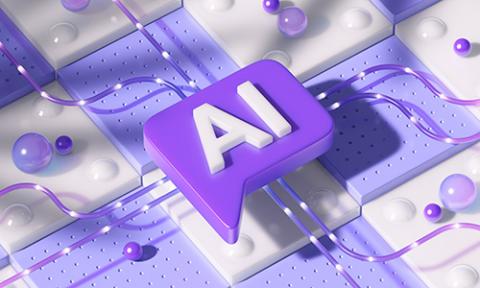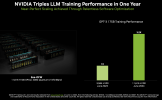Bondrewd
Veteran
Yea.Couple things looking over the whitepaper again, they doubled the vector (CU) FP32 rate?
No it's a more straightforward dual-issue.more VOPD shenanigans?
940 has no VOPD (the ISA manual is out).
Tonga I think.HWS and ACE have known to be firmware running on embedded cores for a few generations, dated back to at least “HWS” was introduced (Polaris?).
I'm not sure if that's correct given even the monodies have two HWS per die.while a single agent GFX940 configuration can have only 1 HWS by nature







